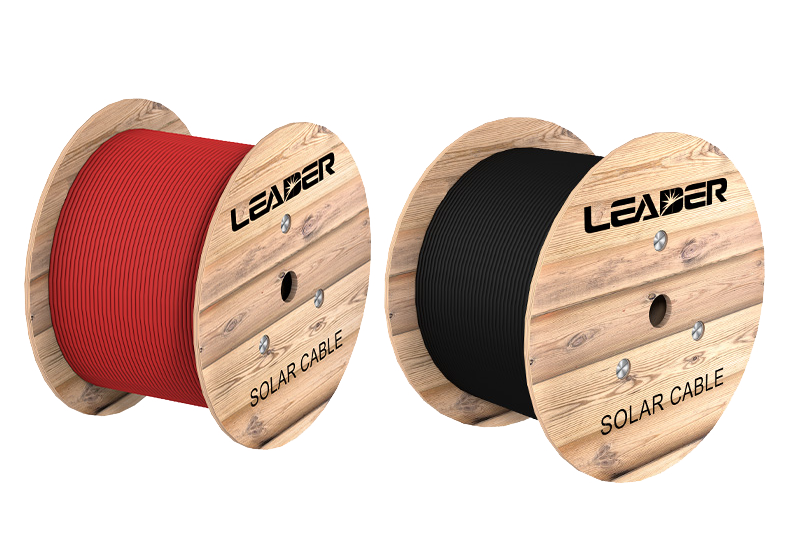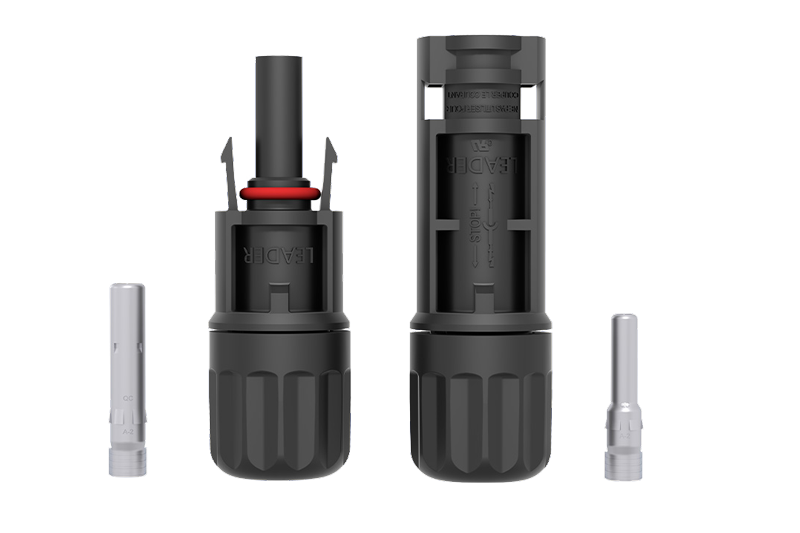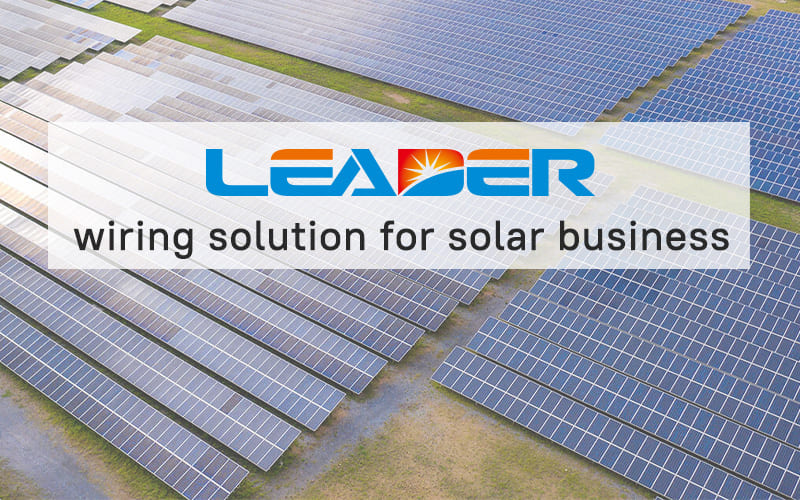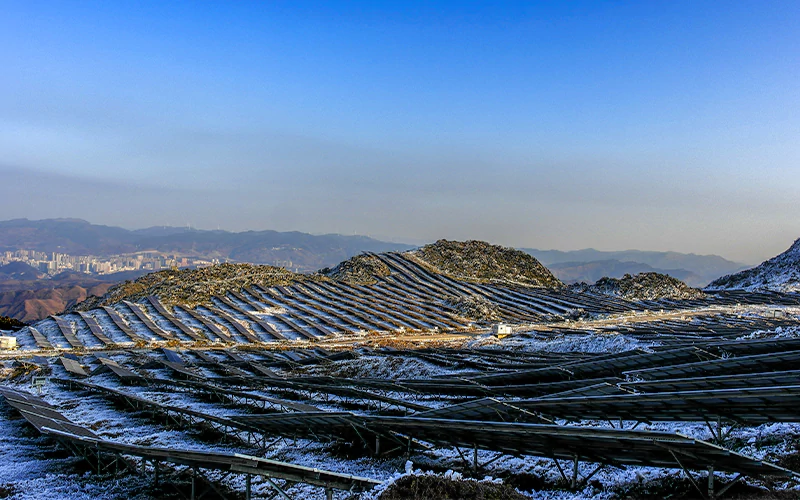Solar cable is the interconnection cable used in solar power generation. A solar cable interconnects solar cell and other electrical components of a solar system. Solar cables are designed to be UV resistant and weather resistant. It can be used within a large temperature range and are generally laid outside.
Features
One common factor for most of the photovoltaic power systems is outdoor use, characterized by high temperatures and high UV radiation. Single-core cables with a maximum permissible DC voltage of 1.8 kV and a temperature range from -40°C to +90°C are generally used. A three-core AC cable is used for connection to the grid if a single-phase inverter is used, and a five-core cable is used for three-phase feed-in.
Insulation
The cable’s insulation must be able to withstand thermal and mechanical loads. As a consequence, plastics which have been cross-linked using an electron beam are increasingly used today. The insulation and jacket materials are extremely resistant to weathering, UV-radiation and abrasion. Additionally, it is salt water resistant and resistant to acids and alkaline solutions. It is suitable for fixed installation as well as for moving applications without tensile load. It is especially designed for outdoor use, which means direct sun radiation and air humidity, but due to the halogen free flame retardant cross-linked jacket material the cable can also be installed in dry and humid conditions indoors.[fusion_builder_container hundred_percent=”yes” overflow=”visible”][fusion_builder_row][fusion_builder_column type=”1_1″ background_position=”left top” background_color=”” border_size=”” border_color=”” border_style=”solid” spacing=”yes” background_image=”” background_repeat=”no-repeat” padding=”” margin_top=”0px” margin_bottom=”0px” class=”” id=”” animation_type=”” animation_speed=”0.3″ animation_direction=”left” hide_on_mobile=”no” center_content=”no” min_height=”none”][2]
DC connection
Individual modules are connected using cables to form the PV generator. The module cables are connected into a string which leads into the generator junction box, and a main DC cable connects the generator junction box to the inverter. In order to eliminate the risk of ground faults and short circuits, the positive and negative cables, each with double insulation, are laid separately.
Loss minimization
The cross-section of the cables should be proportioned such that losses incurred in nominal operation do not exceed 1%. String cables usually have a cross-section of four to ten square millimeters.
UL4703 standard
In 2005 the American Underwriters Laboratories (UL) published the UL subject 4703 Photovoltaic cable. It covers single conductor, insulated and integrally or non-integrally jacketed, sunlight resistant, photovoltaic wire in several temperature and voltage ratings for interconnection wiring of grounded and ungrounded photovoltaic power systems. The standard UL 4703 is based on the service entry cords USE-2 and specifies some additional requirements for photovoltaic cables. It applies for solar cables in North America.
[/fusion_builder_column][/fusion_builder_row][/fusion_builder_container]





